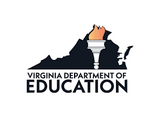
Collaborate with a dance class of the same age group from another country or location through video conferencing media.
- Subject:
- Dance
- Material Type:
- Activity/Lab
- Author:
- VDOE Fine Arts
- Date Added:
- 05/31/2022

Collaborate with a dance class of the same age group from another country or location through video conferencing media.
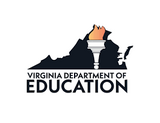
After learning about various famous dancers and their contributions to dance history, students select one famous dancer to research more and create a multimedia presentation about their dancer.
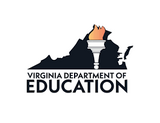
Students design, create, and publish dance marketing content such as a video advertisement, email marketing content, and/or community outreach content (a flyer, poster, or QR code) to promote their dance program or a dance performance.
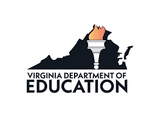
After learning about the elements of dance, various dance styles, dance technique, or a dance step, students plan and create their own dance video tutorial.
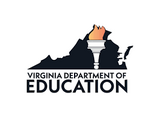
Introduce students to the Fibonacci Series, also known as the Golden Ratio, a phenomenon in nature that has fascinated mathematicians, scientists, designers, and artists. Students will be invited to apply it to creating choreography. In the sequence, each number is the sum of the two numbers that precede it so that it begins 0, 1, 1, 2, 3, 5, 8, 13, 21, 34, 55, and so on forever.
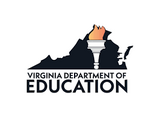
Students can use the water cycle (Science SOL 3.9) as inspiration for choreography.
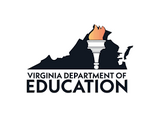
Participate in a local, state-wide, national, or worldwide dance event such as Dance for Kindness or National Dance Day. Students will learn the choreography and create videos of the performance. If possible, the teacher can connect with other dance groups who are also participating in the dance event and set up a video conference so that students can form deeper connections. For example, a dance teacher in Virginia can connect their students with a dance teacher’s class in Mexico. Students can also write letters to their peers around the world. Finally, the teacher, students, and other participants will submit their video submissions to the event coordinator so that they can make a worldwide dance montage.
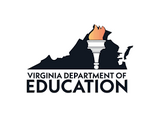
Use digital applications to allow students to explore bone and muscle anatomy in interactive, three-dimensional views.
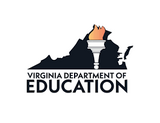
Students will collaboratively create a digital whiteboard that resembles a “detective wall” to investigate and make connections about a specific style of dance.
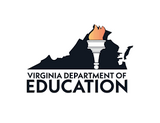
Fast forward to the year 2050. What will dance look like in the future?

Virtual performances of student work allow students to present to new audiences in new ways.
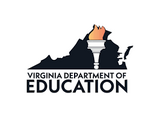
Dancers document performances and creative processes with video, photos, and reflections of learning, then create digital portfolios to store, organize, maintain, and share their work with appropriate audiences and for auditions.
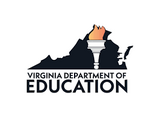
Students create a dance vlog (video blog or video log) about various dance topics either assigned by the teacher or chosen by students.
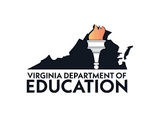
Students include both process and product documentation as well as reflections of learning. The portfolio could take the form of a website, slidedeck, interactive PDF and more.
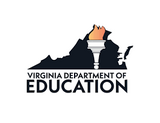
With the onset of the global Covid-19 pandemic, dancers and choreographers found themselves confined to their homes and unable to meet and work together in common spaces. Creative solutions for dance rehearsal and performance were developed over the months of quarantine as dance companies found ways for their members to collaborate in the virtual world. Dancers rehearsed at home and recorded their performances. Choreographers created and directed from afar, instead of in-person. These adjustments resulted in innovative solutions such as the use of the split-screen, remixing digital work, or the layering of video performances into one final product.
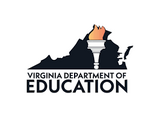
Students will take segments of their recorded performances to create an acting reel that demonstrates physical and vocal techniques for theatre performance.
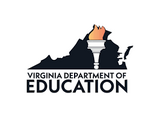
Students work together to write a simple story and create characters using clay, while working on theatrical skills outlined in the Theatre Arts Standards of Learning.
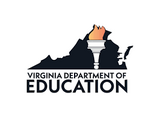
Students contribute to a class blog to share the creative processes involved in acting and production.
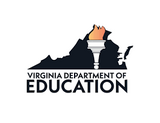
Students can be introduced to a story and create a scene individually or in small groups. Scenes can be acted out in front of projections of student-created background scenery, and discuss how scenic elements impact the meaning of the performance.
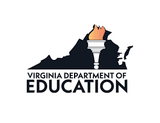
Students will explore available assistive technologies, including how they have been utilized by the professional theatre community to create and present inclusive theatrical productions for those with special physical, mental, visual, auditory, and other sensory needs.